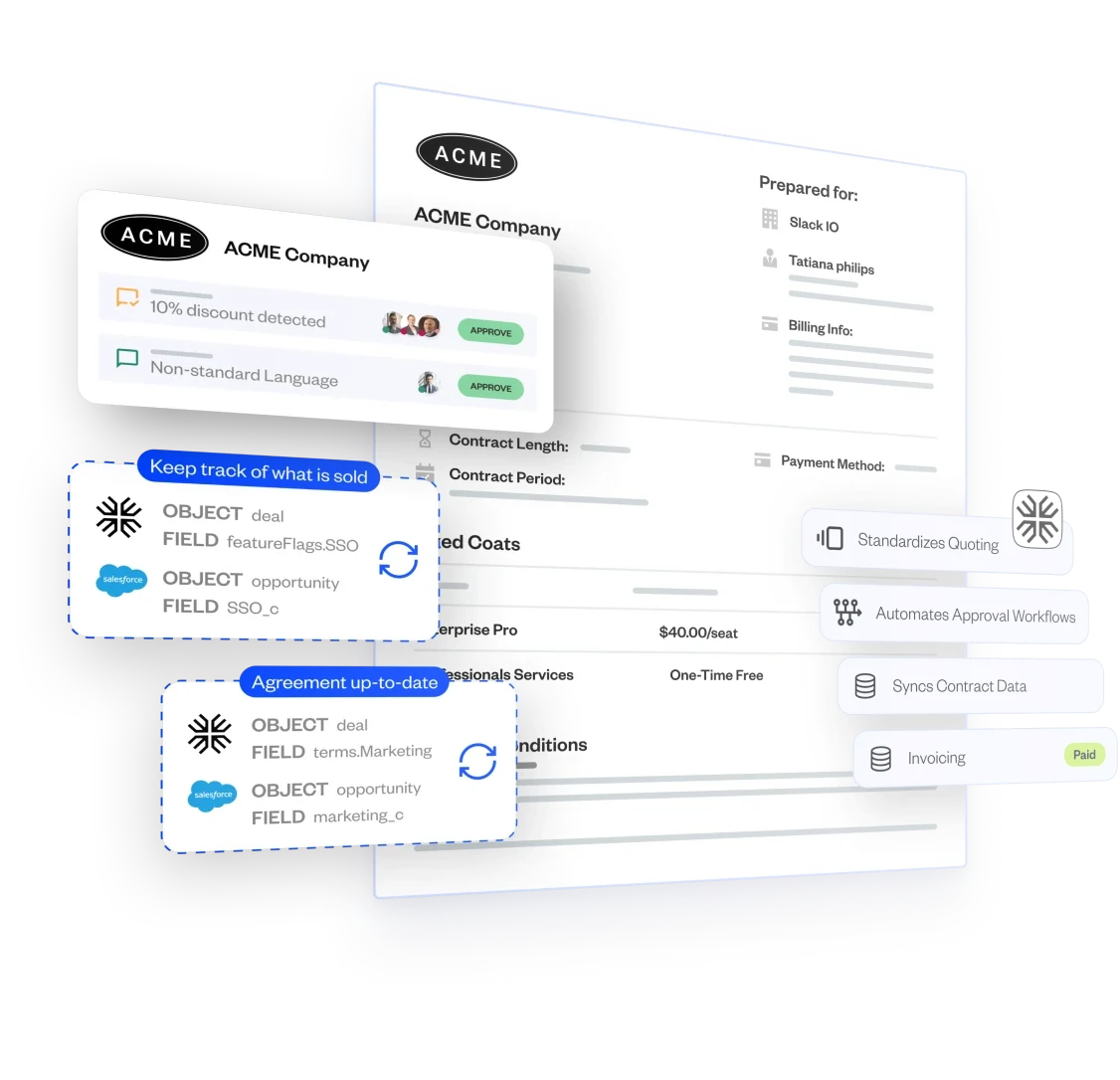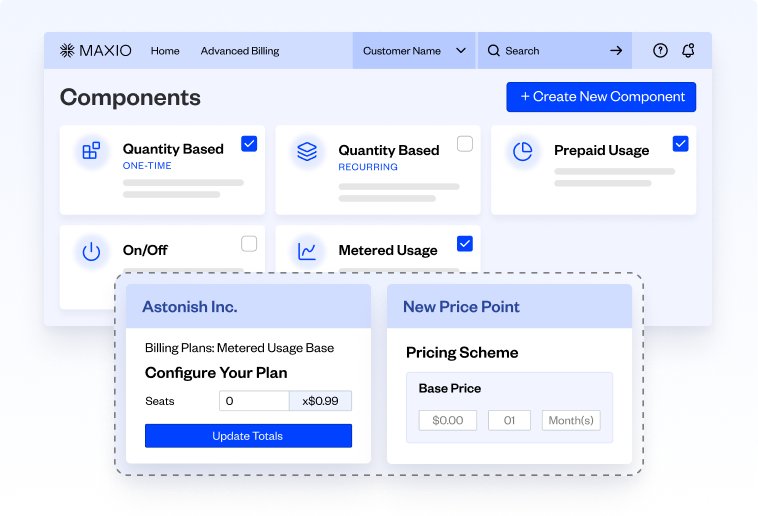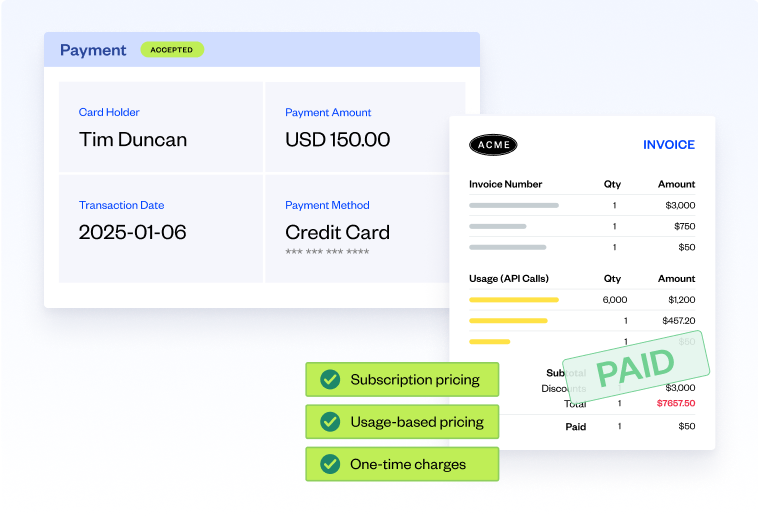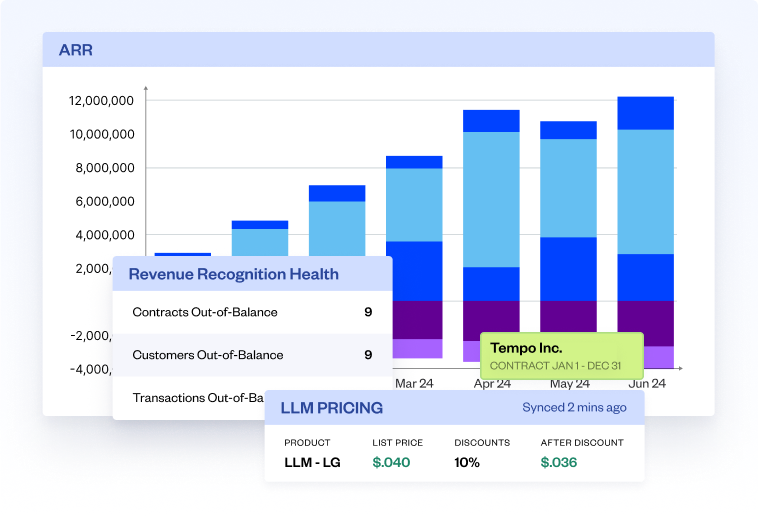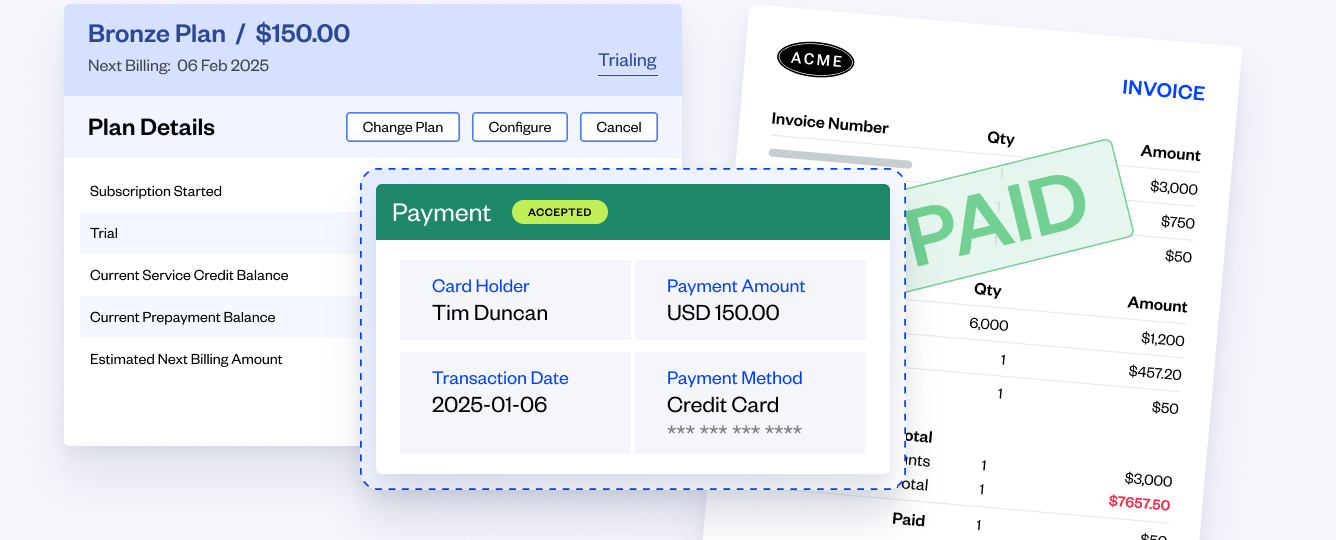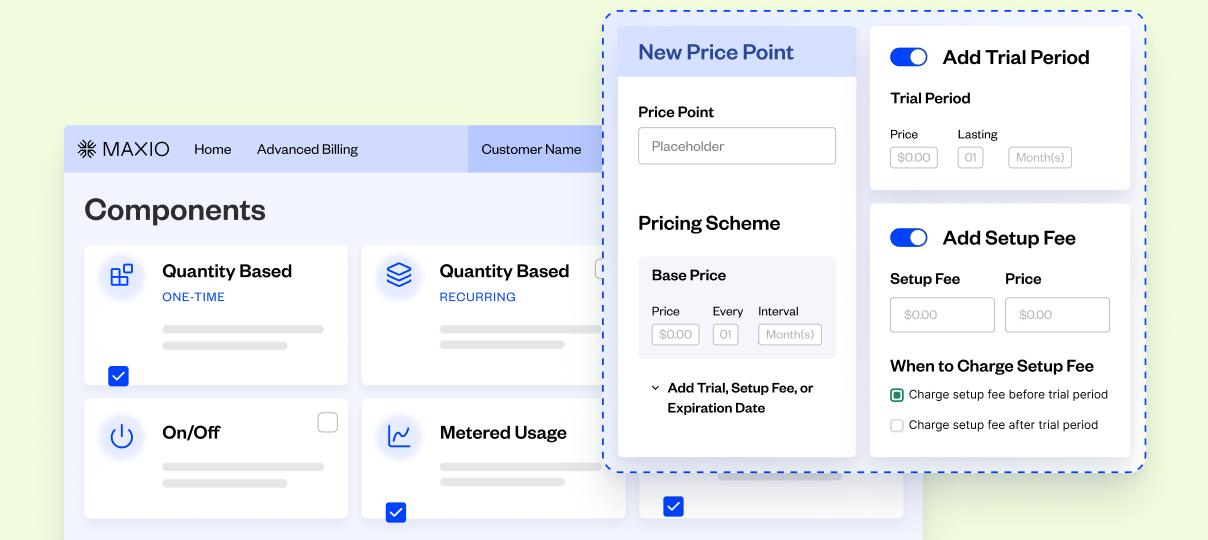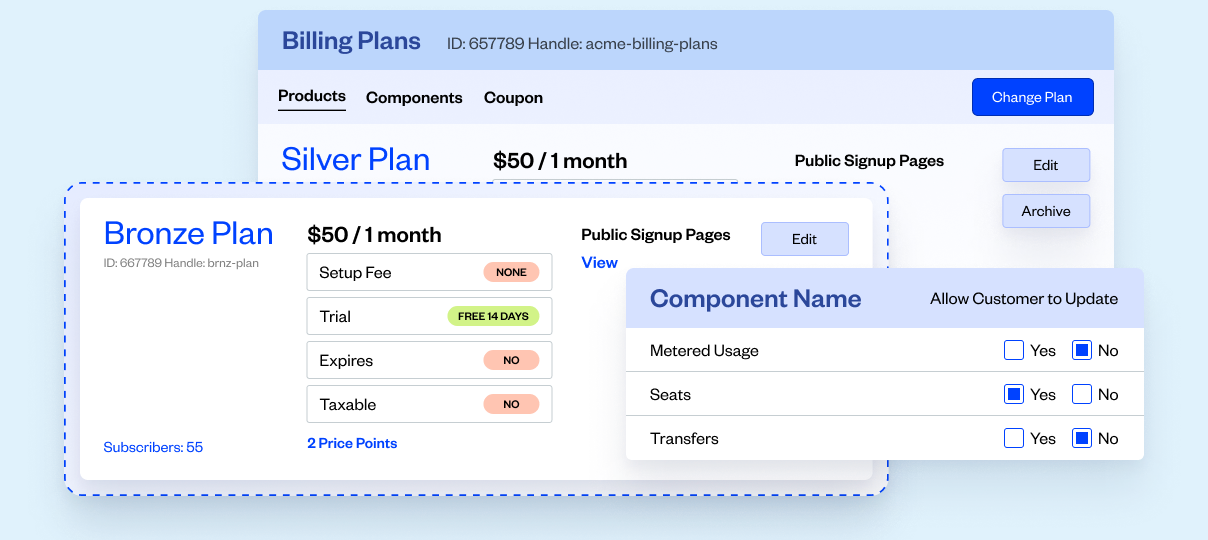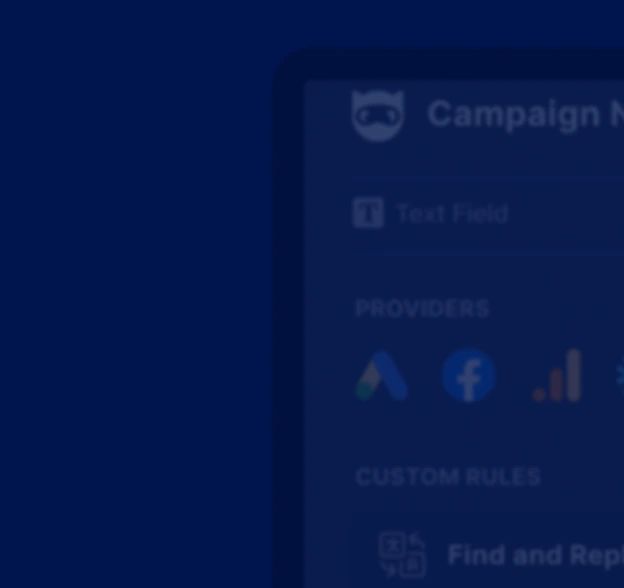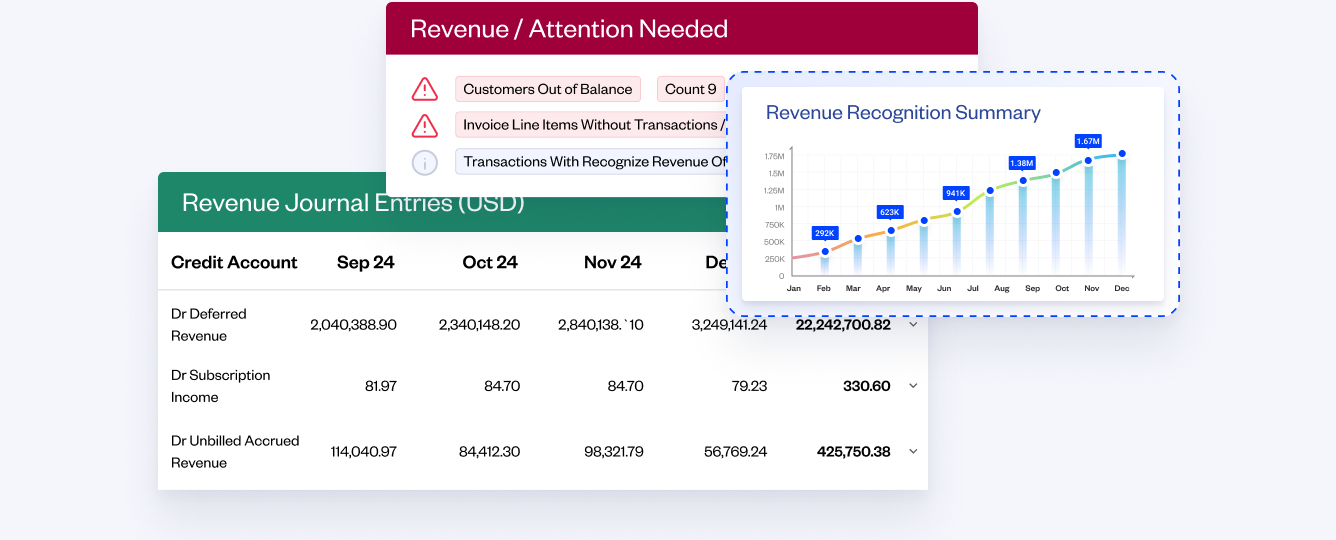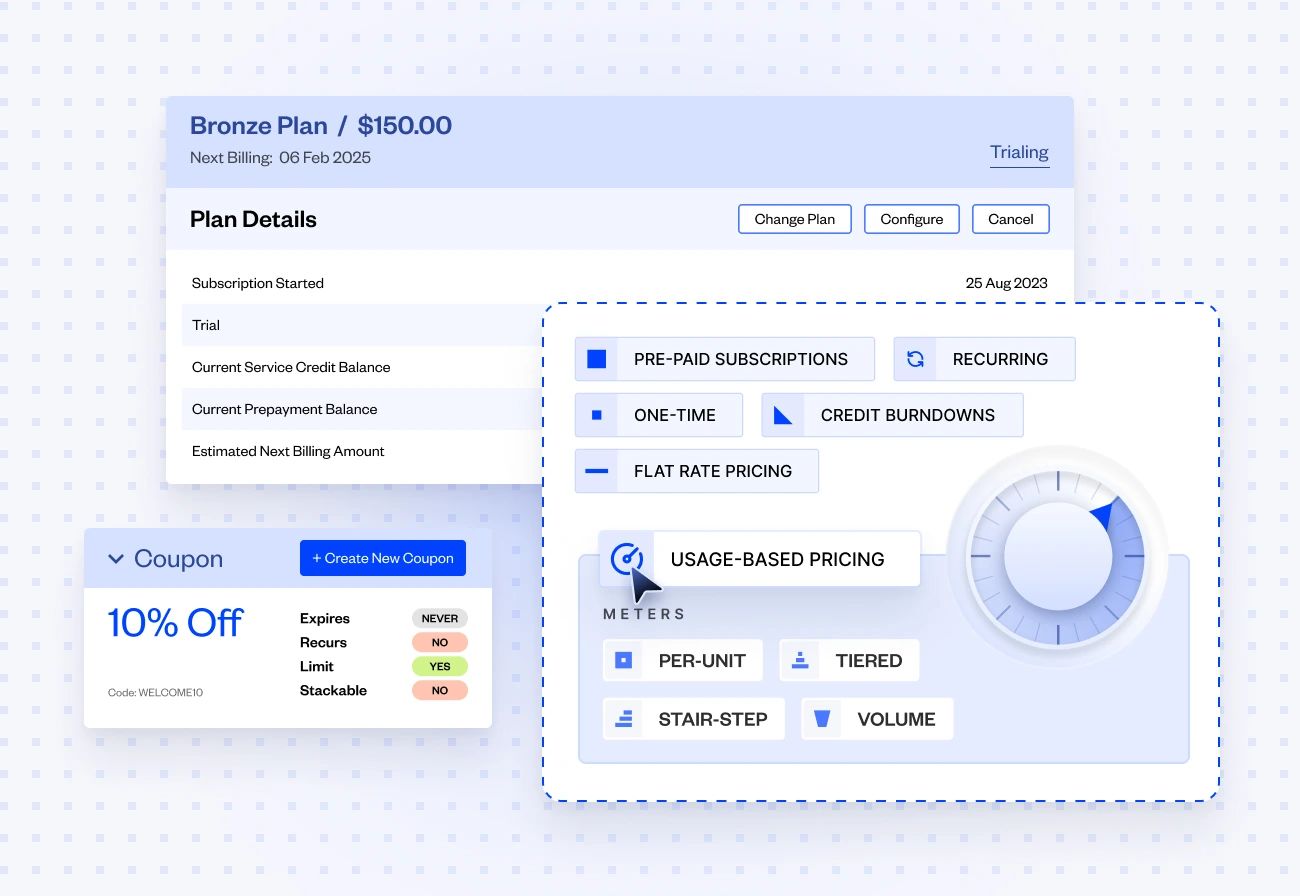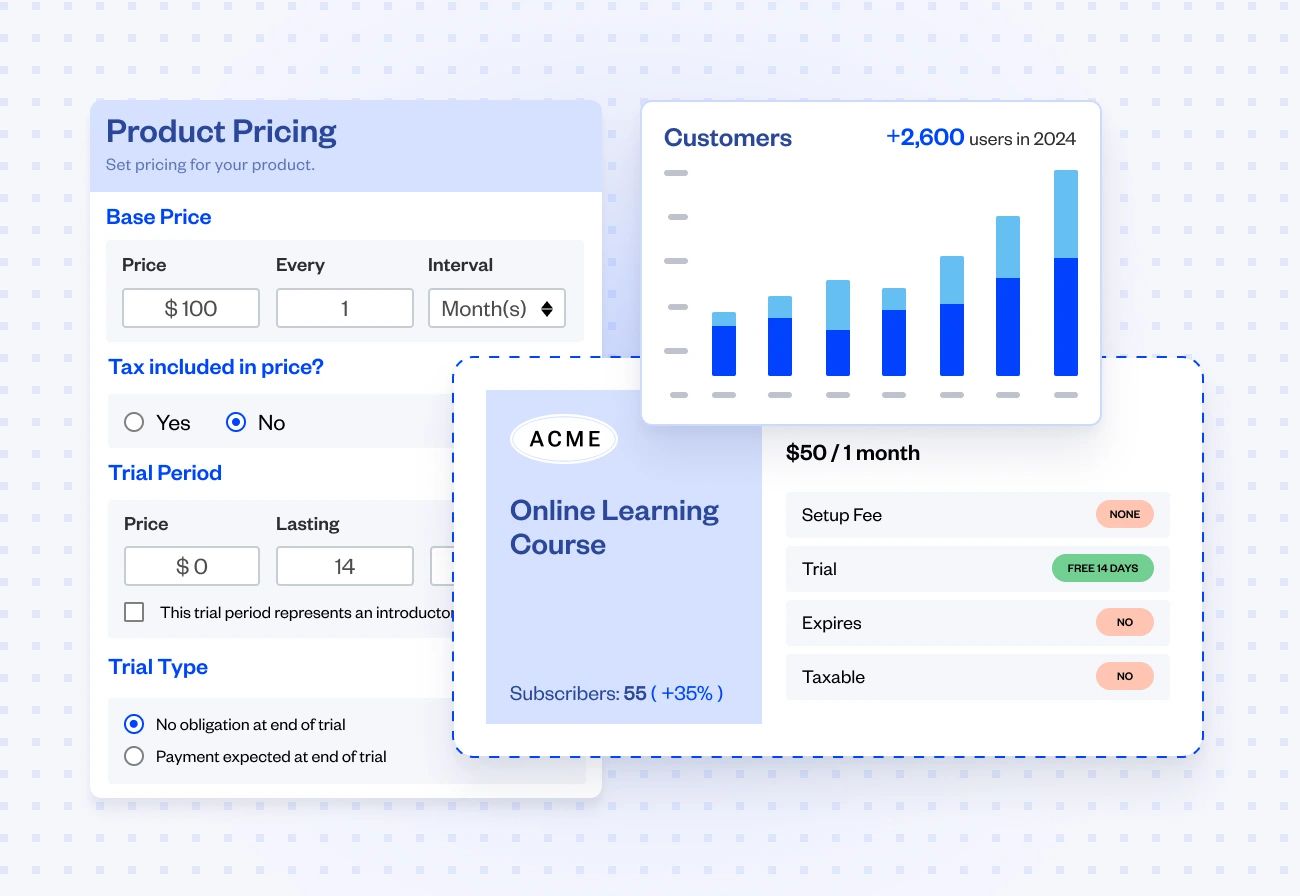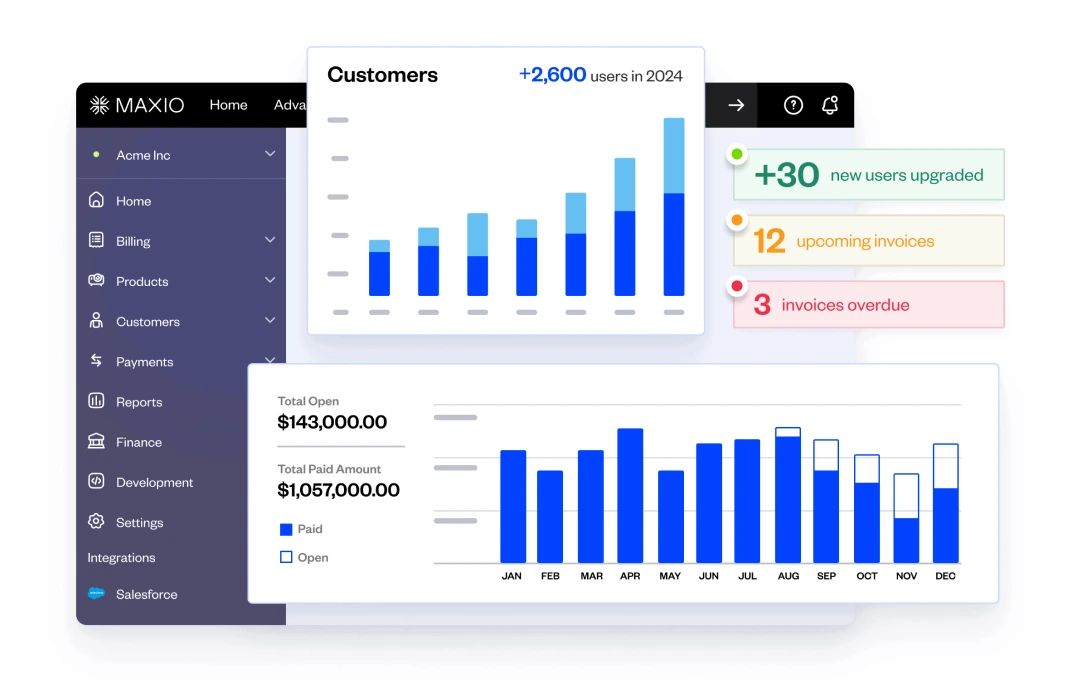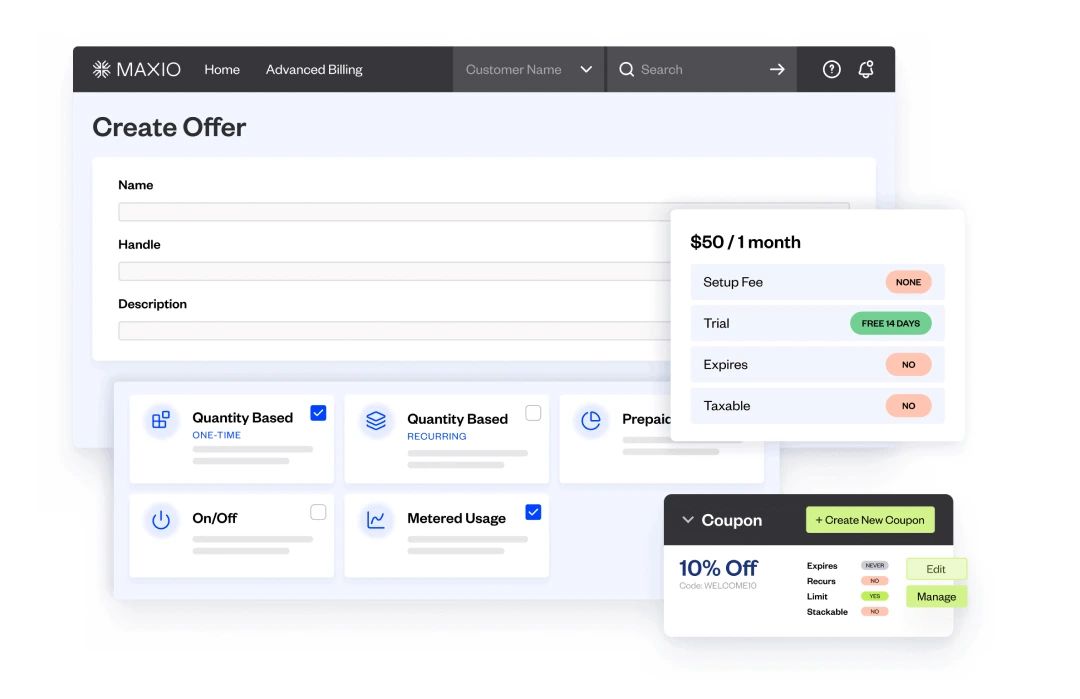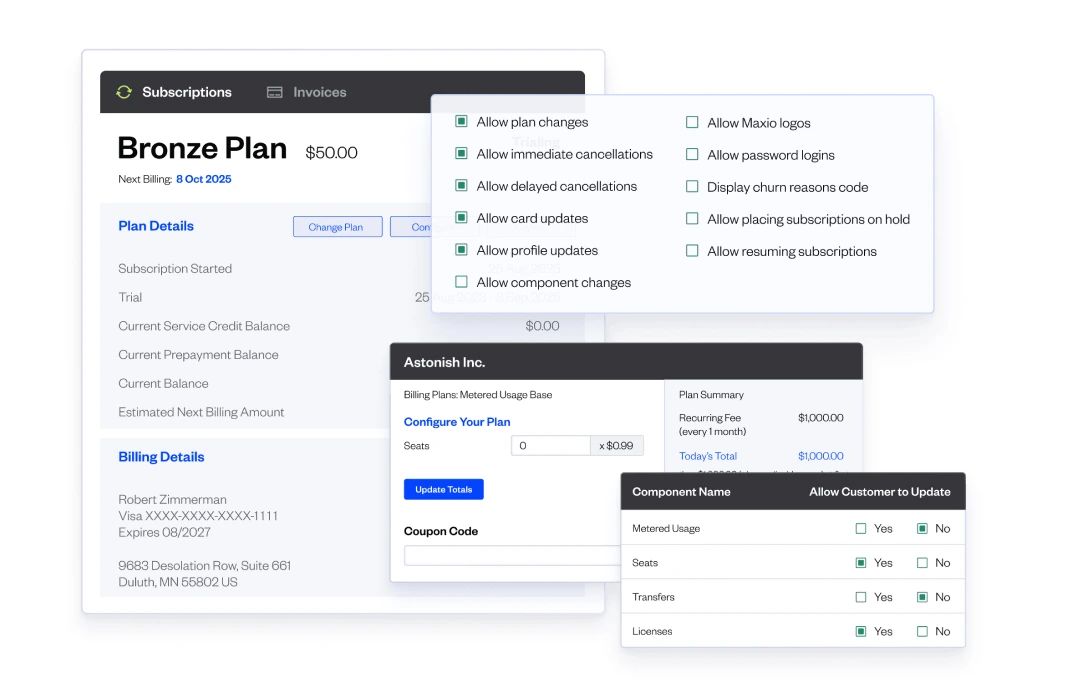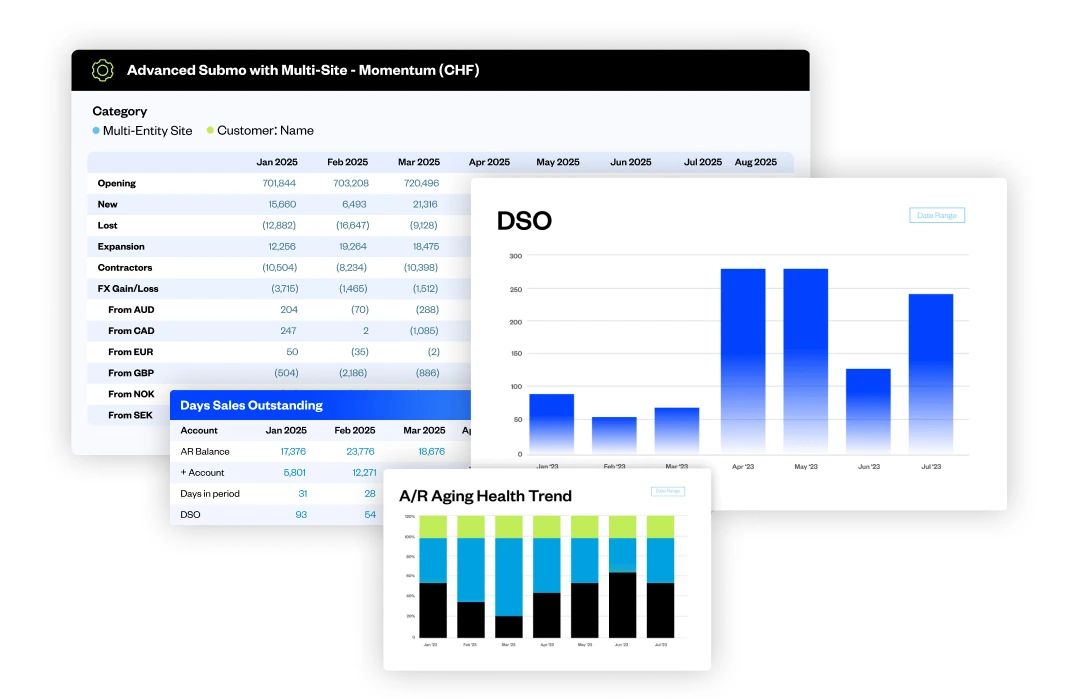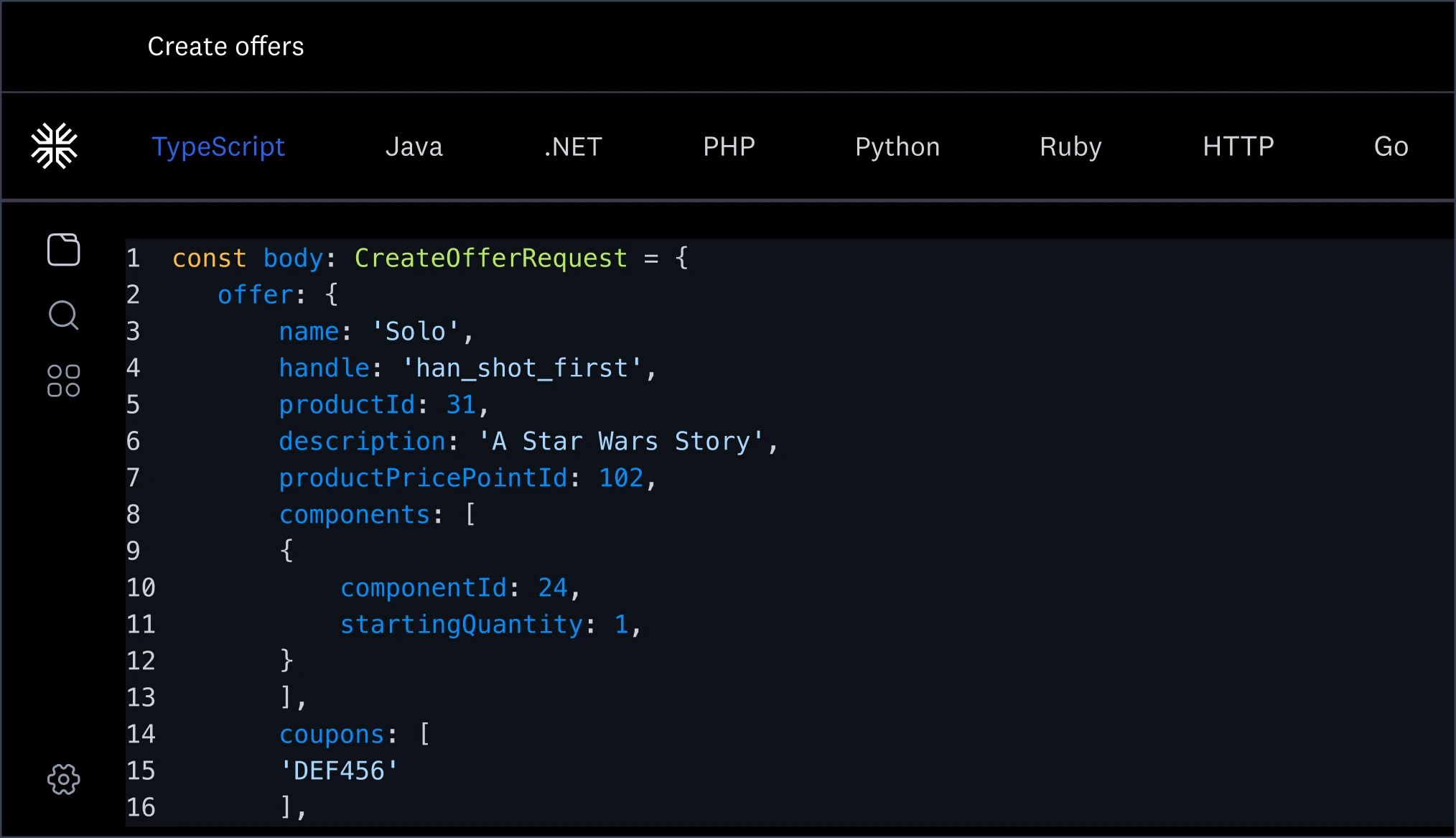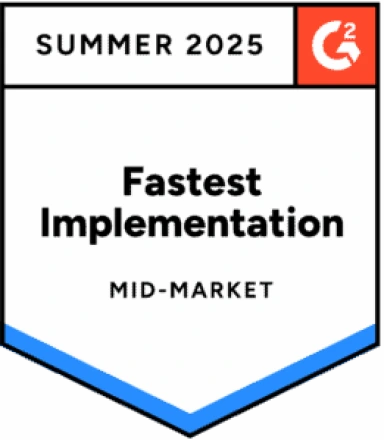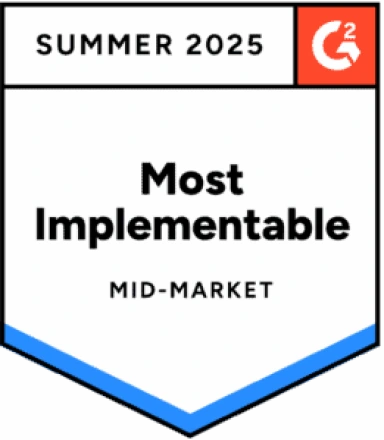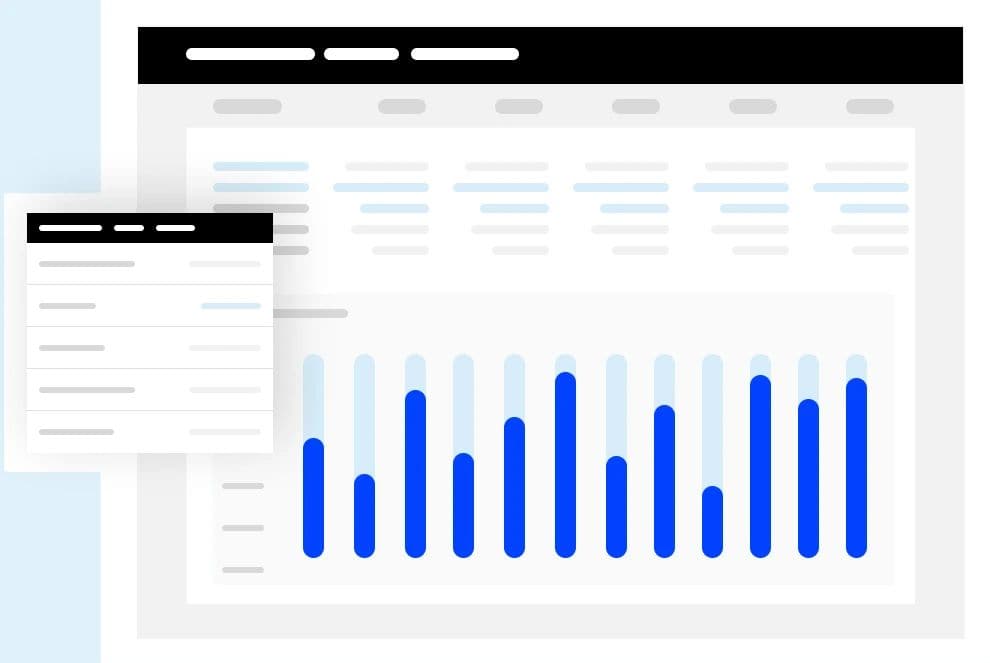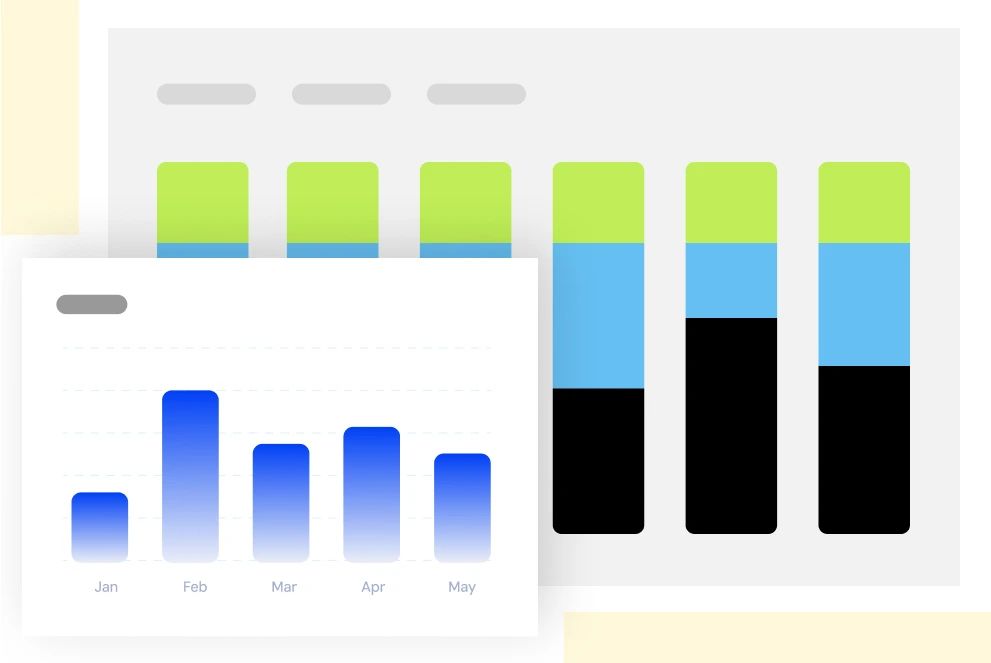Automated recurring billing and subscription billing software both charge customers at regular intervals. However, they serve different business needs.
Recurring billing software is designed for any type of business that needs to charge customers periodically (e.g., monthly utility bills), focusing on the automation of repeat payments for ongoing services or products.
On the other hand, subscription billing platforms support subscription-based business models with specialized functionality. These include flexible subscription models and pricing plans, customer management, upgrades, downgrades, & cancellations.
On the other hand, subscription billing platforms are specifically tailored for businesses (often SaaS), that use a subscription-based business model. These platforms typically support various subscription models and pricing plans, manage customer subscriptions, handle upgrades, downgrades, and cancellations, and often integrate with other tools.
While both ensure timely payments, subscription billing platforms offer more functionalities to manage complexities of subscription-based models, including customer lifecycles, subscription metrics, and tailored pricing strategies.
